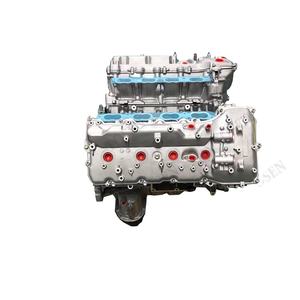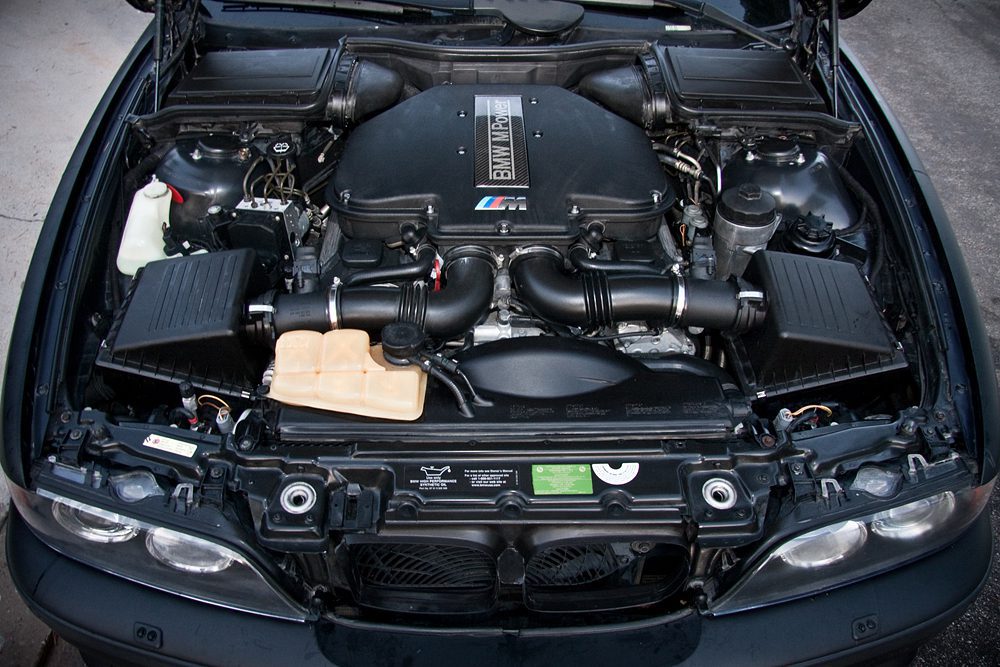Exploring the Inner Functions of a Compact Car's Engine System
As vehicle drivers, we frequently take for granted the intricate processes that happen within the boundaries of our lorry's engine system. In this exploration of a compact automobile's engine system, we will unwind the internal workings of this mechanical symphony, losing light on the mysteries that drive us ahead on our daily journeys.
Combustion Refine Summary
The burning process in a small automobile's engine system is a vital system that effectively converts gas right into power to power the automobile. This procedure happens within the burning chamber of the engine, where gas and air mix, fire up, and create controlled explosions. The combustion process includes four major phases: intake, compression, exhaust, and power.
Throughout the intake stage, the piston moves downward, drawing in a mix of air and gas right into the combustion chamber. This descending activity creates the power required to drive the vehicle. This cyclic combustion process is fundamental to the procedure of a compact automobile's engine system, making certain effective energy conversion for propulsion.
Piston and Cylinder Communication

The piston's specific fit within the cylinder is necessary for keeping optimum compression and avoiding energy loss during burning. Limited clearances between the piston and cylinder wall surfaces make sure effective sealing, enabling the piston to relocate smoothly without permitting gases to leakage past. Correct lubrication is also essential to lower rubbing and wear in between these elements, improving durability and efficiency.
Additionally, the layout and materials utilized in producing the piston and cylinder influence engine performance and sturdiness. Modern engines typically utilize light-weight yet durable materials like light weight aluminum alloys for pistons and cylinder liners to minimize inertia and boost thermal performance. Generally, the unified interaction in between the piston and cyndrical tube is basic to the engine's capability and overall performance.
Gas Injection System Functionality
Gas injection systems in small automobile engines play a critical function in specifically delivering gas to the burning chamber for controlled and effective ignition. The gas shot system operates by infusing fuel into the burning chamber at the optimal moment during the engine's procedure (opel corsa engine). This specific timing ensures that the gas mixes evenly with the air for correct burning, bring i thought about this about improved fuel efficiency and lowered exhausts
There are largely two kinds of fuel shot systems made use of in compact vehicle engines: port gas shot (PFI) and straight fuel injection (DFI) PFI systems inject fuel into the consumption port prior to the consumption shutoff, while DFI systems inject fuel directly into the burning chamber. Both systems have their benefits, with DFI offering far better gas atomization and PFI giving a much more affordable service.
Comprehending Engine Air Conditioning Devices
Efficient procedure of a small vehicle's engine counts greatly on the effectiveness of its cooling systems. Engine air conditioning is important to prevent getting too hot, which can cause severe damage and decreased efficiency. The cooling system in a small lorry generally includes a number of components working with each other to manage the engine temperature. One important part is the radiator, which uses coolant to take in warmth from the engine. As the warm coolant flows via the radiator, it launches heat right into the air, cooling down prior to returning to the engine. The water pump flows the coolant via the engine and radiator, ensuring a consistent circulation to manage temperature. Additionally, the thermostat helps regulate the coolant flow to keep optimal engine temperature level. Some lorries likewise have cooling down followers that turn on when extra cooling is needed, such as during heavy website traffic or heat. Recognizing these engine cooling mechanisms is crucial for maintaining the efficiency and long life of a small vehicle's engine system.

Exhaust System Components Explained
The ideal performance of a portable automobile's engine cooling devices depends on a complementary system referred to as the exhaust system, which consists of numerous necessary parts for making sure effective emissions and engine efficiency. The exhaust system consists of elements such as the exhaust manifold, anonymous catalytic converter, muffler, and tailpipe. The exhaust manifold collects exhaust gases from the engine's routes and cylinders them to the catalytic converter. The catalytic converter then transforms hazardous pollutants in the exhaust into much less unsafe emissions prior to releasing them with the muffler and tailpipe.
One crucial part of the exhaust system is the oxygen sensing unit, which checks the oxygen degrees in the exhaust gases to help control gas usage and make sure optimal engine efficiency. opel corsa engine. Furthermore, the resonator may be existing in some exhaust systems to lower sound levels. Overall, the exhaust system plays a crucial function in preserving engine performance, reducing dangerous exhausts, and making certain a quieter driving experience for compact vehicle proprietors

Conclusion
To conclude, the portable lorry's engine system is an intricate combination of components that collaborate to help with the burning procedure, convert fuel right into power, and remove over here waste gases. Understanding the internal operations of the engine system, including the piston and cyndrical tube communication, fuel injection system, engine cooling systems, and exhaust system parts, is crucial for keeping ideal performance and performance of the vehicle.
The combustion process in a small vehicle's engine system is a vital mechanism that successfully converts fuel into power to power the automobile.Gas injection systems in portable car engines play a vital role in exactly providing gas to the combustion chamber for controlled and reliable ignition.There are mostly 2 types of fuel injection systems made use of in portable vehicle engines: port gas shot (PFI) and straight fuel injection (DFI) Understanding these engine air conditioning mechanisms is essential for preserving the efficiency and long life of a compact vehicle's engine system.
The ideal functioning of a small lorry's engine air conditioning devices depends on a corresponding system recognized as the exhaust system, which comprises different necessary parts for making certain reliable discharges and engine efficiency.